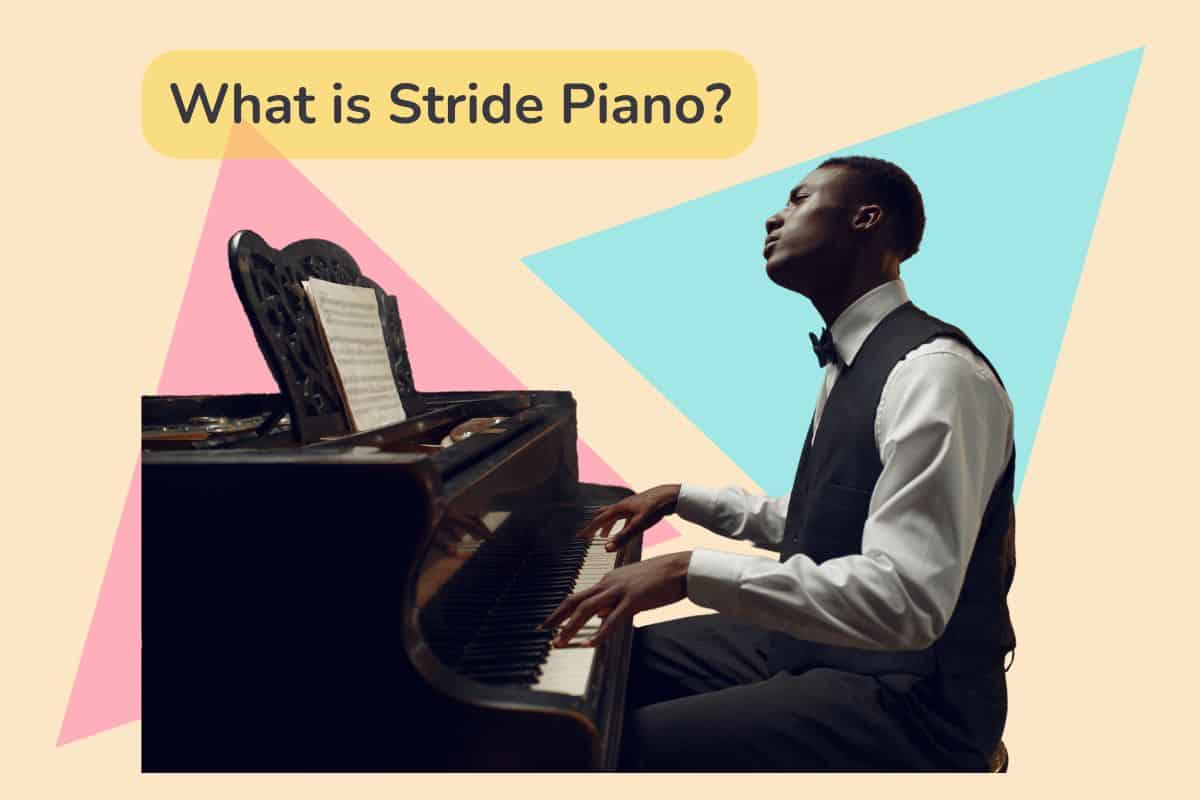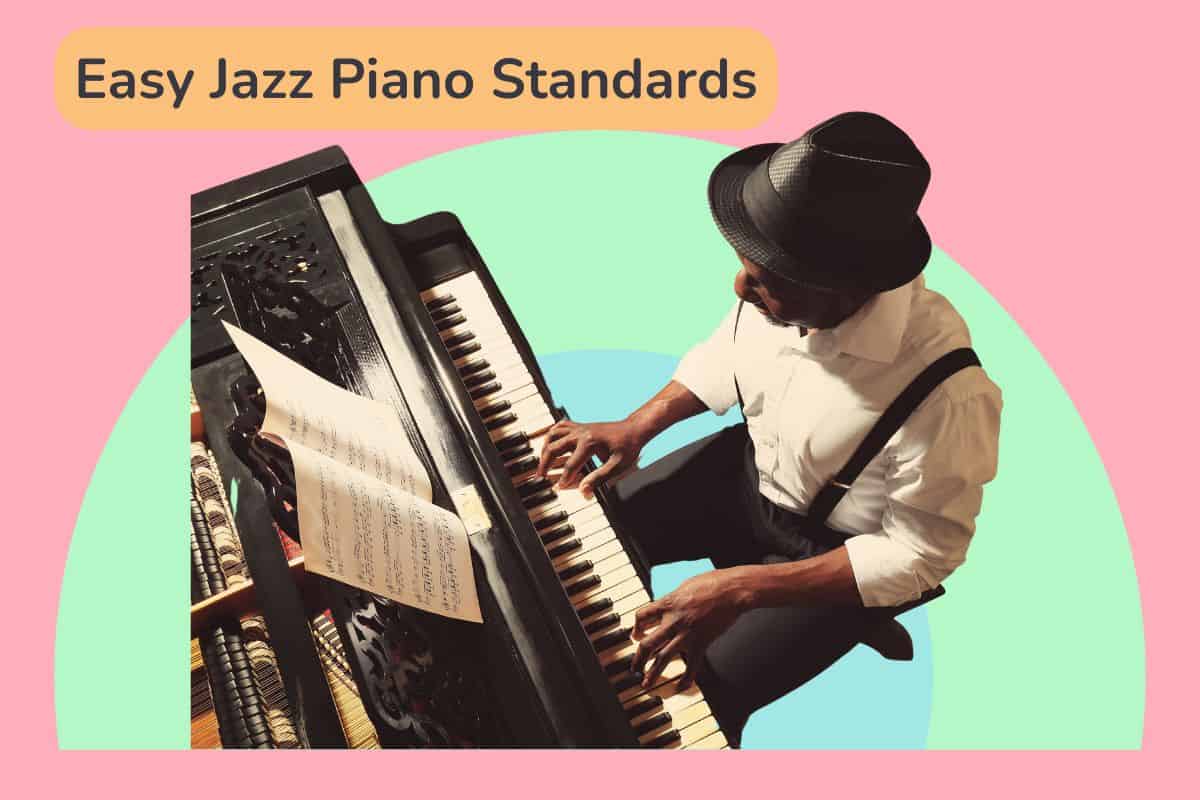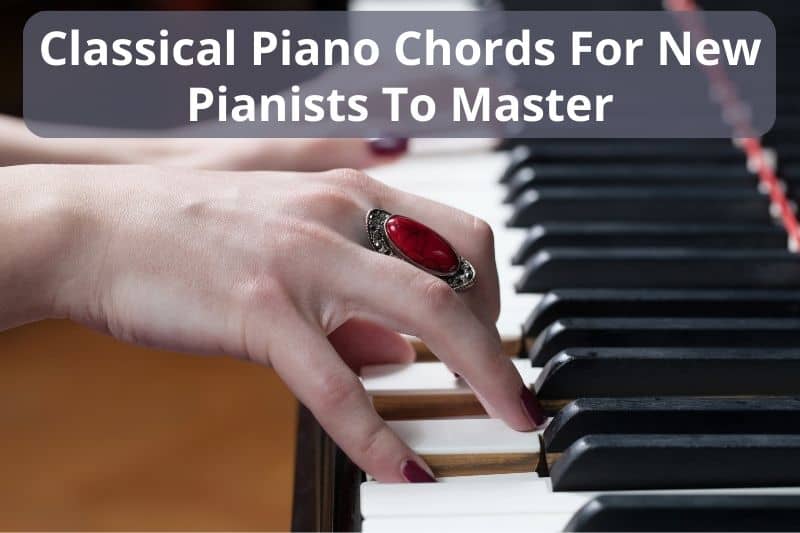Learning to play the piano without looking at the keys can feel like a daunting task, especially if you’re a beginner. However, this skill is essential for improving your technique and becoming more confident in your performances. It’s all about developing muscle memory and a good sense of spatial awareness on the keyboard. As you become more familiar with the feel of the keys and the layout of the keyboard, you’ll find that your fingers naturally know where to go.

Getting to Know the Keyboard
To play piano without looking, it’s crucial to get familiar with the tactile layout of the keys and how they are organized on the keyboard.
Identifying Keys by Touch
Typically, you’ll begin to recognize each key by touch through consistent practice. The keys on a piano are shaped uniformly, but they can be differentiated by their order and position relative to each other. Here are some tips:
- Middle C is often the starting reference point. It’s towards the center of the keyboard and just to the left of the group of two black keys.
- Feel for the groupings of black keys; they can guide you to identify the surrounding white keys without looking.
Black Keys and White Keys
Understanding the distinct patterns of black and white keys on the keyboard is essential:
Black Keys:
- Arranged in groups of twos and threes.
- Use them as landmarks to determine the white key positions.
White Keys:
- The seven white keys that make up an octave are C, D, E, F, G, A, and B.
- They are located to the left of the black keys they are named after, except for B and E.
Enhancing Muscle Memory
Muscle memory is key to playing the piano without looking at the keys; it allows you to know your position and execute movements instinctively.
Repetition and Practice
Regular practice is the foundation of strong muscle memory. Start by focusing on simple scales and progress to more complex pieces. Break down songs into smaller sections and repeat them until they feel natural. Commit to daily practice, gradually increasing the duration and difficulty of the pieces you’re working on. Over time, your fingers will learn their way around the D position, G position, and C position without the need to confirm visually.
Effective practice methods include:
- Slow Practice: Begin playing slowly to ensure correct finger movements, then gradually increase the tempo.
- Segmented Practice: Isolate difficult passages and practice them repetitively.
- Hands-Separate Practice: Work on each hand independently to reinforce finger placement.
Finger Placement Drills
Drills can drastically improve your finger placement and agility. These drills should focus on the positions where each finger should be, notably the D, G, and C positions which are fundamental to piano playing.
Try these drills:
- Five-Finger Scales:
- Place your fingers on five consecutive keys starting with the thumb on D (D position) and play each note ascending and descending.
- Repeat in G position (starting with the thumb on G) and C position (thumb on C).
- Octave Jumps:
- Practice jumping from one C to the next with both thumbs (C position) to build spatial awareness.
Integrating Sight Reading
To play piano without looking at the keys, sight reading becomes a vital skill, requiring you to recognize intervals and manage leaps on the keyboard with ease.
Recognizing Intervals
Sight reading on the piano hinges on your ability to recognize intervals—this means identifying the distance between any two notes quickly. Here’s how you can get better:
- Start Small: Begin with simple intervals within an octave. Use flashcards or apps to drill these until you can identify them instantly.
- Learn Patterns: Most music is built on patterns. Learn to recognize common chord shapes and melodic motifs.
- Practice Leaps: Leaps are larger intervals that can span beyond an octave. Practice by hitting two notes at a time, jumping from one to the next without hesitating.
Playing with Closed Eyes
Practicing with your eyes closed trains your proprioception, which is your sense of where your hands and fingers are on the keyboard without visual guidance.
- Begin in Darkness: Start by practicing simple pieces or scales in a dimly lit room or with your eyes closed.
- Trust Your Ears: Rely on the sound to tell you if you’re hitting the right notes, and adjust accordingly.
- Memorization: Work towards memorizing short sections of music to play without the need for visual cues, which will also boost your overall reading skills.
These targeted exercises will sharpen your sight-reading capabilities, making playing without looking second nature.
Improving Hand Coordination
To master playing the piano without looking at your hands requires enhanced hand coordination. You’ll need to develop hand independence and practice arpeggio techniques to navigate the keyboard effortlessly.
Hand Independence Exercises
Start by isolating each hand, working them independently to build muscle memory. Here’s a simple exercise:
- Right Hand: Play a C major scale, ensuring each finger moves smoothly from one note to the next.
- Left Hand: Simultaneously, use your left hand to play a different rhythm or scale, like G major, maintaining the same legato touch.
Gradually increase the complexity of these exercises as you become more comfortable. Try playing different rhythms or even melodies in each hand.
Arpeggio Techniques
Arpeggios require a fluid hand position change as you move through the notes of a chord, which is perfect for building spatial awareness on the keyboard.
- Consistent Finger Patterns: Start with one-octave arpeggios, using the same finger pattern every time. This consistency aids muscle memory.
- Expand Your Reach: Gradually extend the arpeggio to multiple octaves. Ensure your thumb tucks under smoothly to maintain the flow.
These exercises help your hands move independently and confidently over the keys, so you’re less reliant on visual cues and can focus on the music.
Advanced Techniques
To master complex piano skills without looking at the keys, it’s essential to strengthen both your memorization strategies and your ear training. These techniques allow you to internalize music and play with confidence and precision.
Memorization Strategies
Memorizing piano pieces allows you to focus on your technique rather than searching for the next note. Start by breaking down complex pieces into sections or phrases. Here’s a structured approach:
- Chunking: Learn the piece in small, manageable sections.
- Visualization: Picture the keys and your hand positions even when not at the piano.
- Consistent Practice: Regular repetition is key.
- Mental Playthroughs: Run through the piece in your mind, away from the piano.
- Muscle Memory: With enough practice, your hands will “learn” their way around the keys.
Ear Training and Aural Skills
Ear training enhances your ability to recognize and reproduce musical elements just by hearing them. Here’s how you can develop this skill:
- Interval Recognition: Practice identifying the distance between pitches.
- Start with simple intervals and progress to more complex ones.
- Chord Recognition: Listen to and identify different chord types.
- Begin with major and minor chords, then add 7ths, diminished, and augmented chords.
- Sight-Singing: Sing a piece of music just by reading the score, without playing.
- Transcription: Listen to recordings and try to write down or play what you hear.
- Practice with Backing Tracks: Play along with recordings of just the accompaniment, forcing you to rely on your aural skills.
Both memorization and aural skills are ongoing processes that’ll greatly enhance your ability to play the piano without looking at the keys.
Mastery and Performance
To play the piano without looking, you must refine your fingering and build muscle memory. Strive for a seamless transition between notes and chords to achieve fluidity.
Fluid Piano Playing
Mastering the piano to the point where you can play without looking hinges on developing a strong sense of touch and muscle memory. By repeatedly practicing scales, arpeggios, and pieces, your fingers learn to find the correct keys instinctively. Here are ways to enhance this:
- Consistent Practice: Regular drills can solidify your fingering technique and muscle memory.
- Fingering Patterns: Pay attention to the recommended fingering for scales and pieces to maximize efficiency.
Performance Confidence
Confidence in performance emerges as you grow accustomed to playing without visual reliance. This confidence allows you to connect more with your audience and immerse yourself in the music. Key factors include:
- Repetition: Practice playing pieces until they become second nature.
- Visualization: Mentally rehearse the physical layout of the keyboard and the movement of your hands.
Conclusion
Mastering the piano without the need to gaze at the keys is a skill that comes with consistent practice and a heightened sense of awareness. It’s about developing muscle memory and a tactile relationship with the instrument. Start by familiarizing yourself with the keyboard’s landscape—identify patterns and the unique feel of each key.
By breaking free from visual dependence, you’ll unlock a more intuitive and fluid playing style. This skill not only improves your ability to multitask while playing but also enhances your overall musicianship. Remember, patience is vital—give yourself time to adjust to this new way of playing. With dedication, you’ll find your fingers gracefully dancing across the keys, unhindered by the need to look down.



